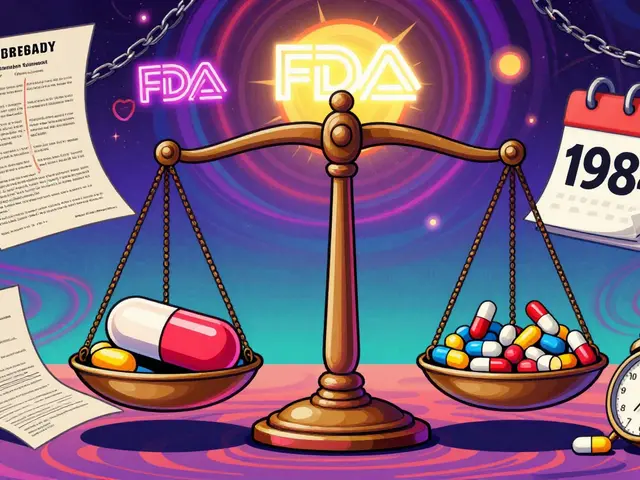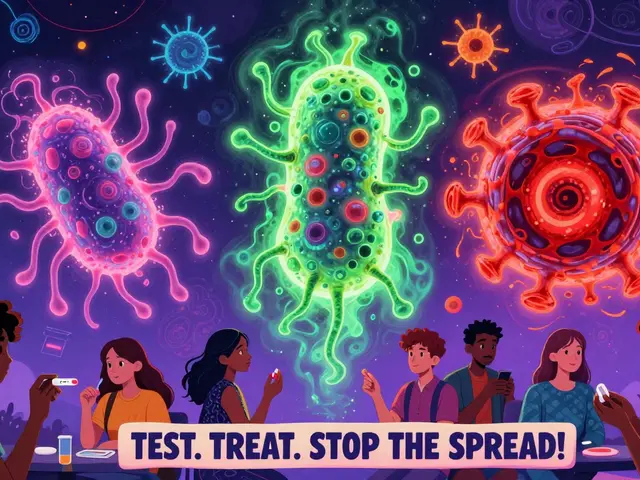Blood Pressure Management: Practical Tips You Can Use Today
High blood pressure doesn’t have to control your life. You can lower numbers with clear, everyday steps: check your readings reliably, change what you eat, move a bit more, and work with your doctor on the right medicine. Here’s a simple plan you can start now.
Know your numbers and monitor at home
Normal blood pressure is under 120/80 mmHg. Elevated is 120–129/<80. Stage 1 is 130–139/80–89 and stage 2 is 140/90 or higher. Buy a validated automatic cuff for your upper arm—wrist cuffs are less reliable.
Measure twice in the morning and twice in the evening for a week to get a baseline. Sit quietly for five minutes, feet flat, back supported, arm at heart level. Record the date, time, and reading. Share the log with your doctor.
Daily habits that lower blood pressure
Cut sodium. Aim for under 1500–2000 mg salt a day if your doctor recommends it. Small swaps help: cook with herbs instead of salt, choose low-sodium canned goods, and skip the fast-food combo.
Try the DASH-style plate: more vegetables, fruits, whole grains, lean protein, and low-fat dairy. Foods high in potassium—bananas, spinach, beans—help balance sodium effects.
Move regularly. Aim for 30 minutes of moderate activity most days—brisk walking, cycling, swimming. Even three 10-minute walks add up and lower pressure over time.
Lose extra weight when possible. Dropping 5–10 kg often brings noticeable BP drops. Cut sugary drinks, reduce portion sizes, and keep activity consistent.
Limit alcohol to one drink a day for women and two for men, and stop smoking. Poor sleep and high stress push numbers up—prioritize 7–8 hours of sleep and try short stress breaks: breathing or a 5-minute walk.
Watch medicines and supplements. NSAIDs (like ibuprofen), some decongestants, and certain herbal supplements can raise blood pressure. Tell your doctor about everything you take.
If you need pills, common classes include ACE inhibitors, ARBs, diuretics, calcium channel blockers, and beta-blockers. Each works differently; your doctor will pick one that fits your health and other meds.
When to call your doctor: readings consistently at or above 130/80, dizziness, chest pain, severe headache, shortness of breath, or signs of a hypertensive emergency. If readings spike above 180/120, seek emergency care right away.
Small, steady changes matter more than quick fixes. Track, tweak, and keep your healthcare team in the loop. With consistent monitoring and simple habit shifts, most people can lower their blood pressure and feel better fast.
Managing Hypertension: Benefits of Enalapril-Hydrochlorothiazide Combination
Living with hypertension can be challenging, but medications like enalapril-hydrochlorothiazide offer a potent solution for managing blood pressure levels. This article explores the role of this combination drug in hypertension treatment, its benefits, possible side effects, and tips for effective use. Understanding how this medication works empowers individuals to make informed choices about their health. Alongside medical advice, lifestyle changes enhance the efficacy of treatment for a healthier, stress-free life.





